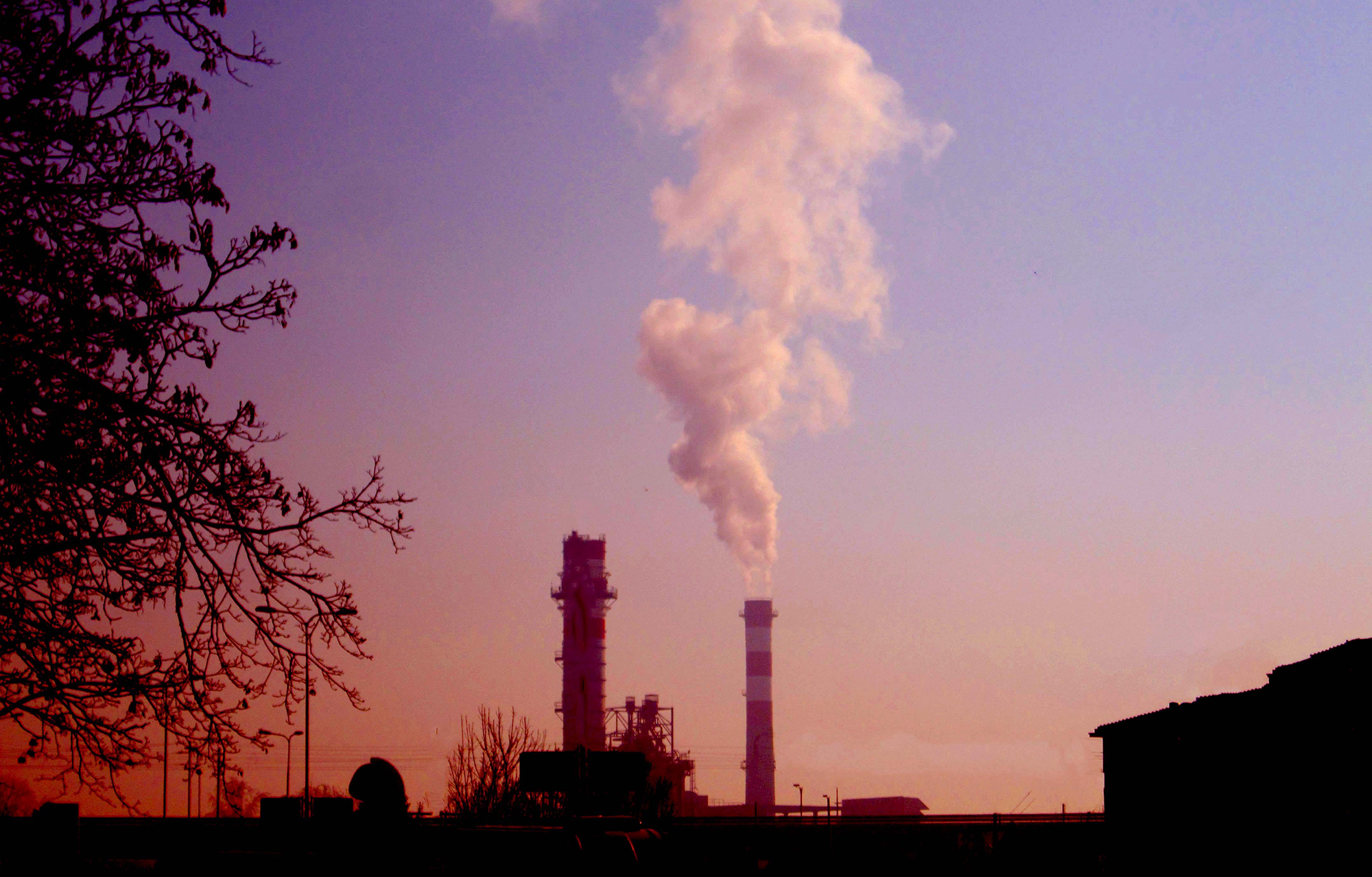Vertebrate population drops 68% between 1970 and 2016
- The Living Planet Report 2020 has been prepared by the World Wildlife Fund (WWF) and the London Zoological Society. The first study, carried out in 1998, is carried out every two years.

Global biodiversity is in the process of destruction. This is evident from the Living Planet Report 2020, published by the World Fund for Nature (WWF) and the London Zoological Society. According to the Berria journal, the research carried out every two years since 1998 aims to analyze the environmental health status of planet Earth. A significant index is used to solve this problem: Planet Earth Index IPV.
The index shows the evolution of the vertebrate population, i.e. how many amphibians, reptiles, mammals, birds and fish exist in the world. After analysing the evolution of each year, they draw conclusions. In this regard, 4,392 species and 20,811 populations have been investigated, from which it follows that between 1970 and 2016 the population of vertebrate species has decreased by 68% in the soil.
Enrique Segovia, Director of Conservation of WWF in Spain, has acknowledged that the data extracted in the conclusions show a "chilly". However, he added that this is a way of reflecting the situation of terrestrial ecosystems. Segovia has considered that the factors that have driven this process are many, such as invasive species, hunting, pollution and, of course, climate change.
However, the reduction in the vertebrate population is not the same everywhere. Segovia has stressed that 70% of the earth's surface has been transformed by humans, affecting mainly tropical areas such as South America, Asia and some parts of Africa.
However, the report warns that this situation can be "improved". Following the advice of the experts on which the report is based, the environment should be looked after and the forms of production changed. These changes ensure that they will guarantee our well-being: “If we lose the environment, we will lose our ability to live on Earth and negatively affect our lives, because everything is based on nature.”





















